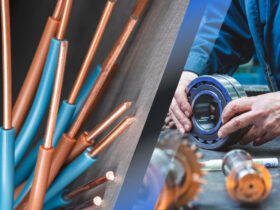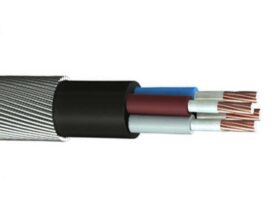There are several different types of cable gland and choosing the right one for your application is very important.
When choosing a suitable compatible gland you need to consider the following:
– The type of cable the gland will be connected to (for example SWA armoured cable requires a gland such as the BW brass cable gland)Other questions
– The material the cable is made of, the construction and cross-sectional size (for instance, is the cable screened or braided?)
– The colour requirement (if any) for the cable gland
– The location of the cable and gland (are there any restrictions on the installation space, electromagnetic interference, or environmental considerations to bear in mind?)
– Does the gland need to be water resistant (cable glands are rated IP68 for watertight, dust-proof seals, or IP69K where total immersion in water and resistance to direct water jet pressure is needed).
– If the gland is required to provide mechanical protection
– If the cable and gland is to be used in hazardous areas (explosive areas should use glands for intrinsically safe circuits such as the HSK-K-EXE-Active plastic gland)
– Should the gland provide electrical earthing or grounding
– Will there be issues with dissimilar metal reaction (nickel-plated cable glands offer chemical stability)
– If the cable is an armoured cable then consideration must be given to the size of the inner bedding of the cable, the armour material, and the short circuit rating of the armour
– The material of the mating or housing that the gland is being attached to needs to be considered for compatibility.
– The depth and size of the gland thread must also be considered – metric or PG?
– Are stopper plugs needed in the gland to close off unused cable entries?
Our technical experts are available to provide advice on the most appropriate cable glands and other cable accessories for your cable installation.













Leave a Reply